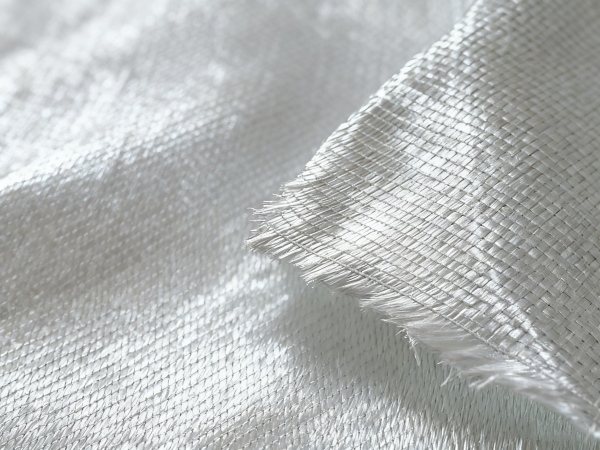Fiberglass reinforced plastic (FRP) has become a popular choice in industries ranging from construction to marine applications, thanks to its lightweight, corrosion-resistant, and durable properties. Understanding how long FRP lasts and what affects its longevity is essential for making informed purchasing and maintenance decisions.

The longevity of FRP is influenced by multiple factors, including the quality of raw materials, the manufacturing process, and the design of the product. High-quality fiberglass and resin combinations, proper curing, and attention to thickness and reinforcement layers can all contribute to a longer service life. Users should also consider the intended application, as exposure to harsh chemicals, UV radiation, or extreme temperatures can accelerate wear.
FRP products typically last 15 to 30 years under normal conditions. Well-maintained FRP structures in controlled environments can exceed this range, sometimes reaching 40 years or more. Outdoor and industrial applications may experience shorter lifespans due to environmental stresses, but even in these scenarios, FRP usually outperforms metals and wood in durability.
Several factors can significantly impact how long FRP lasts:
Environmental exposure: UV radiation, temperature fluctuations, and moisture can degrade resins over time.
Chemical contact: Strong acids, alkalis, or solvents can weaken the structural integrity if the FRP is not specifically formulated for chemical resistance.
Mechanical stress: Excessive loading, impact, or vibration can cause micro-cracks that reduce durability.
Manufacturing quality: Inconsistent resin-to-fiber ratios or improper curing can lead to premature aging.
Even though FRP is low-maintenance, certain practices can prolong its lifespan:
Regular cleaning: Remove dirt, salt, or chemical residues to prevent surface degradation.
UV protection: Apply coatings or paints specifically designed for FRP to shield against sunlight.
Inspection for damage: Check for cracks, delamination, or discoloration and address issues early.
Avoid excessive loads: Design installations to prevent overloading or mechanical stress.
Recognizing early signs of wear can prevent failures:
1. Visible cracks or blistering on the surface
2. Delamination or separation of fiberglass layers
3. Significant discoloration or chalking of the resin
4. Reduced structural integrity or unusual flexibility
FRP installed in marine, coastal, or chemical-heavy environments may require specialized resin systems, such as vinyl ester or epoxy, to resist corrosion. Indoor applications or controlled industrial environments can achieve maximum service life, often surpassing 30 years with minimal maintenance. Understanding the environmental demands ensures the correct FRP grade and formulation is selected.